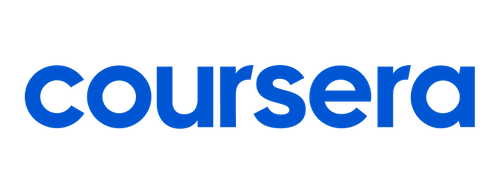Get a head start in high-stakes financial investment. This course will help you to become an informed investor and provide you with the fundamental concepts necessary for long-term success managing your money.
The role of financial markets in a functioning economy will be explained to you. You'll then learn about the various financial instruments that are available within major asset classes, as well as their features and values. This course will examine the actual operation of financial markets in real life. It will focus on where and how securities are traded, as well as how different market types affect each other in practice. The basics of algorithmic trading and dark pools, short selling, buying on margin, and buying on margin will be covered. The course will help learners to: * Identify and differentiate the various financial instruments an investor has access to * Compare global financial markets * Describe traditional and alternative asset classes * Talk about different trading venues and the mechanics of securities trading * Discuss current trends in financial markets. This course is accessible to all levels of knowledge and provides the foundation necessary to manage money in a post crisis world. ________________________________________ WEEK 1 Module 1: Introduction & Review of Elementary Finance Tools This module introduces the Investment and Portfolio Management Specialization, which is made up of four courses. This module explains how the first course, Global Financial Markets and Assets is structured. This module explains the stages of investment management, which will guide the Specialization. This module also covers basic finance concepts, including computing returns, compounding, discounting, and time value of money. Topics covered include: * Familiarize with the organization of the class * Meet the professor and your peers * Explain the investment management process * Review elementary concepts in finance * Compute present value or future value of a single cash flow * Compute present value of future value of a stream of cash flows * Define an annuity or perpetuity * Apply time value of money tools to solve basic mortgage, loan or retirement problems ________________________________________ WEEK 2 Module 2: Financial system & financial assets: fixed income securities In this and the next two modules, we cover the key institutional features of financial markets and instruments. The following questions are asked: Why does financial markets exist? What role does it play? What is financial assets? How are they different from real assets? What does it all mean? This is basically where you'll see the whole picture of the financial system and how it all fits together. Module 2 is focused on fixed income securities. We will begin by reviewing the basics of bond valuation. Short-term money market instruments, U.S. Treasury Securities, and corporate bonds will be covered. Module 2 will teach you how to identify cash flows and describe fixed income securities. You will also learn how to calculate yields and value fixed income securities like Treasury bills, coupon-bonds, or zero-coupon bonds. Topics covered include: * Explain the roles of financial markets * Distinguish between real and financial assets * Define and explain money market instruments, zero-coupon and coupon- bonds and features * Identify the cash flows associated with fixed-income securities * Define and explain bond market features * List the different types of Treasury securities and explain pricing and quoting conventions * List and define other long-term debt instruments such as corporate bonds, mortgage-backed securities, sovereign debt * Find the value of a zero-coupon or coupon-bonds ________________________________________ WEEK 3 Module 3: Financial system & financial assets: equity securities and derivatives In Module 3, we continue our overview of financial markets and instruments. Next, we will focus on two major asset classes: derivative instruments and equity securities. Learn how equity is different from fixed income securities, how cash flows are associated with stock and preferred stocks, and how to calculate the share's value. Option strategies will also be covered. Module 3 will allow you to describe all major asset types, including derivative instruments like options, futures, and forwards. These topics will allow you to describe how they differ and what their payoffs are. Topics covered include: * Distinguish between equities and fixed income securities * Define and explain the features of equity securities * Identify the cash flows associated with equity securities * Explain dividend discount model * Find the value of a share of common stock or preferred stock * Define and list different types of derivative securities * Explain option payoffs * Distinguish between a forward and futures contract * Explain forward and futures payoffs * Identify traditional and alternative asset classes ________________________________________ WEEK 4 Module 4: Organization of financial markets and securities trading In this module, we discuss how financial markets actually work. We'll discuss the different trading venues as well as the mechanics of securities trade. To help you understand the financial market's institutional structure, I will use a lot of terminology. This module will allow you to compare trading venues and trading methods, as well as explain the different types of orders. You will also be able understand the terminology and language needed to be an informed investor. The topics covered include: * Explain the roles and responsibilities of households and financial intermediaries within the financial system; * Describe price discovery process; * Different types of orders. * Distinguish between dealers vs. auction market and different trading platforms. * Explain margin buying, short-selling transactions and the current trading environment, such as algorithmic, high frequency trading and dark pools.
